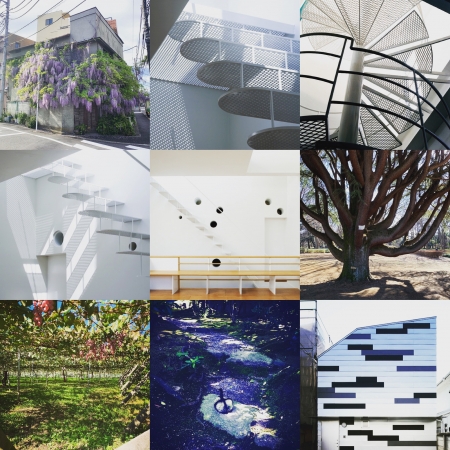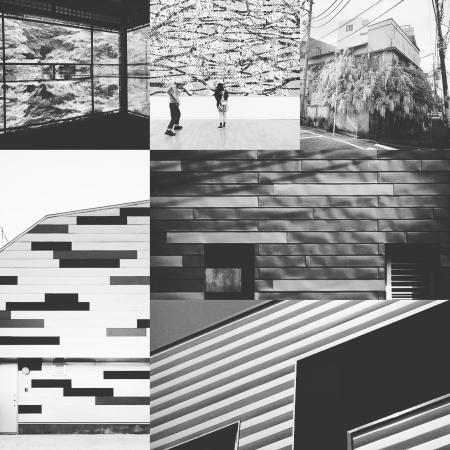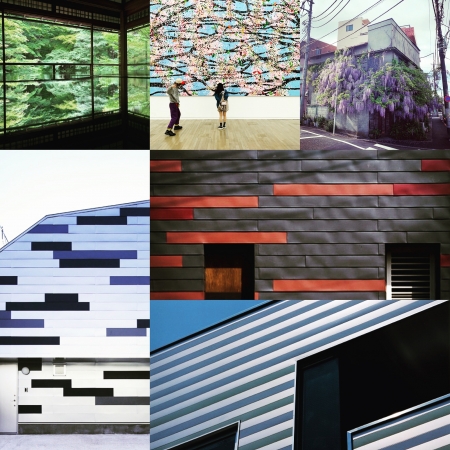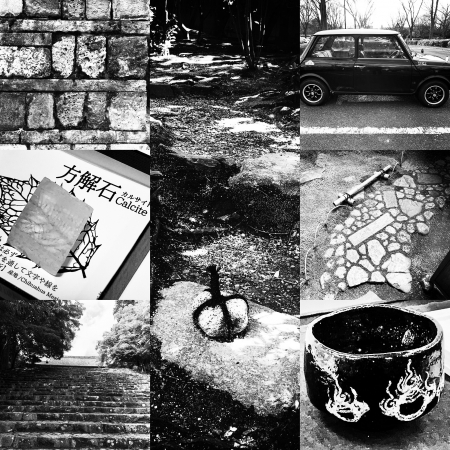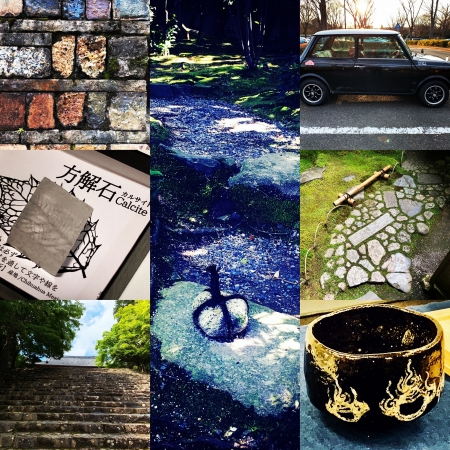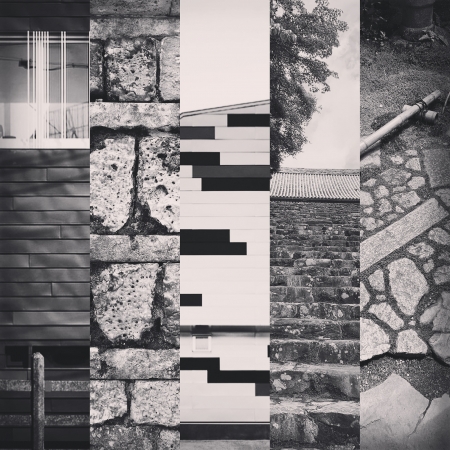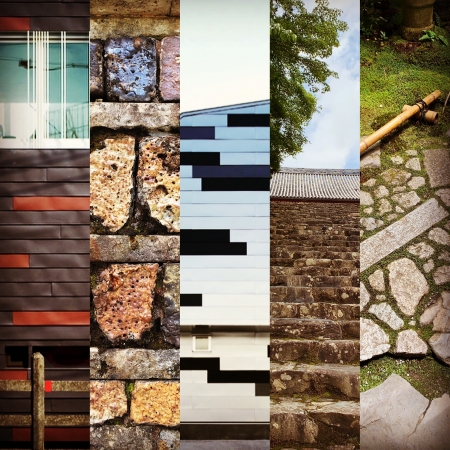スケールとは関係ないデザイン
周辺環境のスケールに合わせなければならないと考えてしまう。街並みということを意識すると突出したスケールは悪だと考えてしまう。ただ東京だと至る所で突出したスケールが現れる。せめて住宅街ではスケールを周辺環境と合わせることで住環境が少しでも良くなるように貢献しようと考えてしまう。確かに、街並みのスケールから逸脱している建築は良くも悪くも目立つし、周辺環境に貢献しようと意識してデザインされた建築は少ないから、突出したスケールの建築に好印象がない。ただ、周辺環境に貢献することを意識してデザインすれば突出したスケールの建築にも好印象を抱くかもしれない。スケールとは関係無しにデザインの良し悪しがある、そこに注視したい。
"Design without Scale"
You think you have to match the scale of the surrounding environment. If you are conscious of the cityscape, you will think that the projecting scale is evil. However, in Tokyo, a prominent scale appears everywhere. At least in the residential area, I think that I will contribute to improving the living environment by matching the scale with the surrounding environment. Certainly, buildings that deviate from the scale of the townscape stand out for better or worse, and there are few buildings that are designed with the intention of contributing to the surrounding environment, so buildings with a prominent scale do not give a good impression. However, if you are conscious of contributing to the surrounding environment when designing, you may have a good impression of the outstanding scale of the building. I would like to focus on the good and bad of design regardless of scale.

